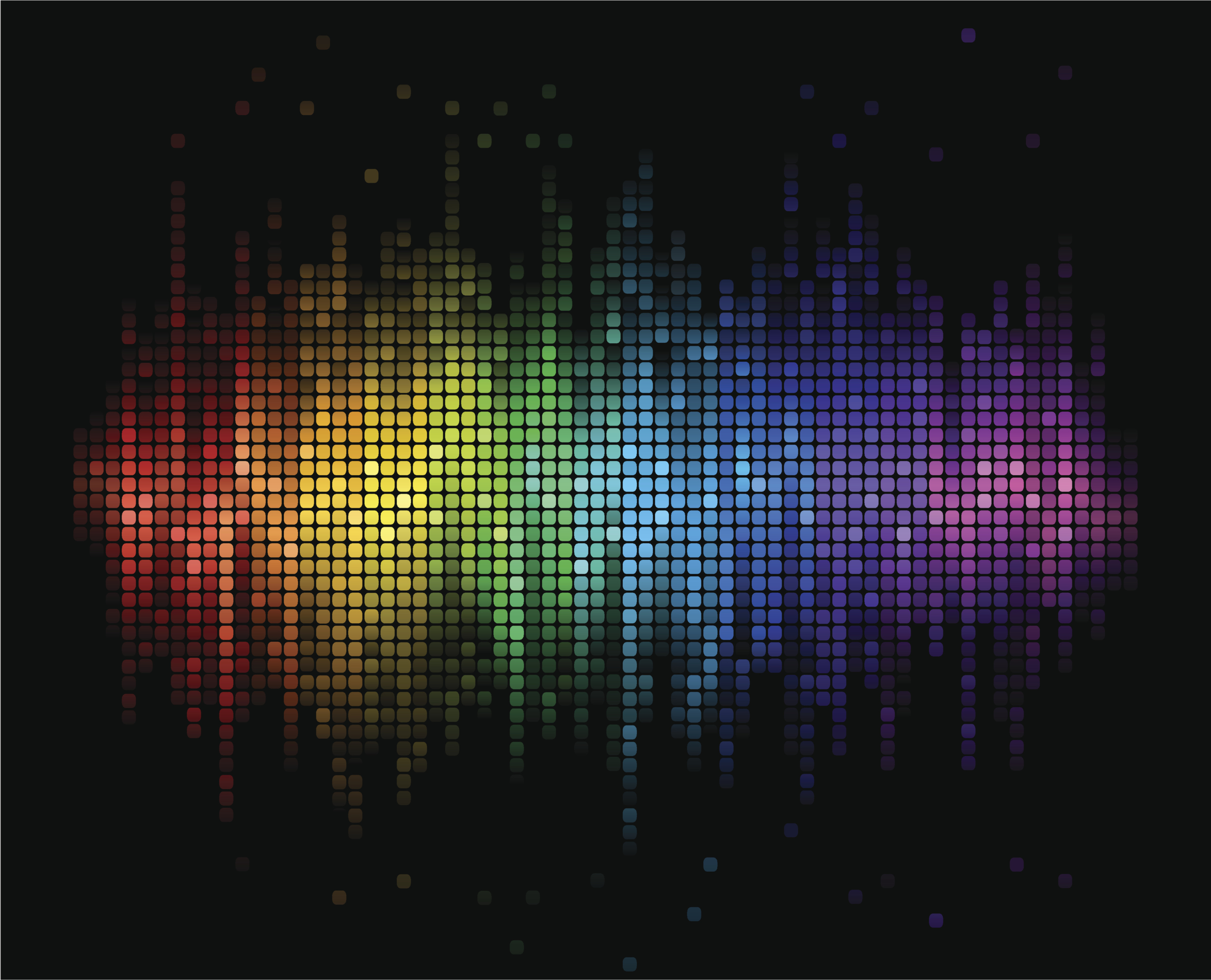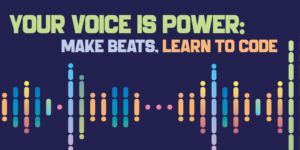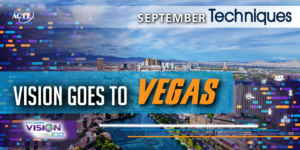Across the country, middle and high school students remix songs from top recording artists. No, they’re not in a music studio. They do this work in a new kind of computer science classroom. Music, coding and entrepreneurship come together to create opportunities for young people from underserved communities. Georgia Tech, Amazon Future Engineer, and YELLOW, Pharrell Williams’ philanthropic organization, formed a partnership to deliver an innovative curriculum experience.
Your Voice is Power illustrates how music, computer science, and entrepreneurship can inspire social change.
Now in its third year, the Your Voice is Power (YVIP) educational collaboration expands computer science education to a more diverse group of students — those from underserved communities and populations currently underrepresented in technology careers. Your Voice is Power builds confidence and helps students feel more empowered in their work. They can begin to see the impact of their code in the fight for social justice.
“I was able to bridge my love for coding with my interest in music,” said a 2021 YVIP student participant. “And I learned a lot about social justice, about myself, and about the impact my coding can have — not only by making music but also through my message. I felt empowered through this whole experience and am now confident to reach for my dreams even though others have told me I will never achieve them.”
Engaging learners to change the world.
The Your Voice is Power program was designed to address a need to increase diversity in the computing workforce. According to the Pew Research Center, Black, Indigenous, and Latinx students remain underrepresented in the STEM workforce and only earn a small share of degrees in engineering and computer science (Fry, Kennedy >amp; Funk, 2021). Computer science, as a career pathway, is expected to grow twice as fast as the rest of the labor market, offering wages greater than the median wage for all occupations in the United States. And, while the number of diverse students obtaining STEM degrees has increased over the last two decades, they remain underrepresented in the nation’s science and engineering enterprises.
Your Voice is Power provides an authentic learning experience that helps diverse students connect their passions to computer science and STEM careers.
The curriculum experience includes five modules with lesson plans that teach coding. Lessons also spark meaningful classroom conversations about the importance of equity and social justice. Each module is divided into four distinct focus areas woven together to form a cohesive interdisciplinary lesson:
- Computer Science
- Music
- Social Justice
- Entrepreneurship
The modules cover learning goals from each focus area, grouping them thematically by a related construct. Each lesson begins with a close lyrical reading of a featured YVIP song, using the OUTKAST Imagination (OI) framework developed by Joycelyn Wilson, Ph.D., an assistant professor in the School of Literature, Media, and Communication, and an educational researcher in hip-hop studies, at Georgia Tech. The purpose of this exercise? To search for deeper sociopolitical commentary within the lyrics. These readings facilitate discussions about structures of social injustice that create the environments and experiences that inspire the artist.
The OI is a set of annotation and design-thinking principles, based on a remixing of the OUTKAST acronym. OUTKAST, an Atlanta-based rap duo, stands for Operating Under The Krooked American System Too-long. What about Wilson’s version? Wilson’s OI framework functions as a hip-hop-inspired analysis methodology for extracting messaging from music and other forms of media. It is also a rubric used to guide the ideation and development of computational media. For YVIP, students and teachers use these seven principles to mine for meaning and sentiment within the featured songs:
- Open-minded thinking
- Uprightness
- Truth
- Kinship
- Accountability
- Sequence
- Teach-love
Inspiring students to pursue computer science
Students also dig deeper into the musical aspects of the featured songs by analyzing how the artists’ instrument selections and song structures support an intended feeling or message. They then engage with related concepts from a computing perspective by translating their own intentions into coded EarSketch compositions. Students also learn how to layer tracks of music, create song sections, and integrate variety in their songs by coding EarSketch functions. Additionally, students add comments or notes to organize their code and interweave messages throughout their scripts. This workflow continues across each module, allowing participants to iterate upon a single artifact until reaching a desired product.
“EarSketch engages students by emphasizing the personally expressive role of computing in the domain of music,” said Roxanne Moore, senior research engineer at Georgia Tech. “They write Python or JavaScript code to algorithmically create music in popular concepts such as loops and lists.
“Students learn elements of computing and sample-based music composition.”
EarSketch includes more than 4,000 prerecorded sound samples accessible via a sound browser sidebar. The sound browser pane mimics the functionality of similar interface panels in digital audio workstation software, allowing users to search and filter sounds by artist, genre, style and key and those that are designed to fit well together. By using loops within the same collection, novice users can create music that is stylistically, harmonically and rhythmically coherent, even without knowledge of the music theory behind these elements.
The collections cover a wide range of popular genres. They were created by Richard Devine, a sound designer and electronic musician, and Young Guru, Jay-Z’s Grammy-nominated audio engineer and DJ. Further, students can upload their own sounds, and record sounds directly within EarSketch. They also can import them from Freesound, a large online collection of Creative Commons-licensed sounds. This approach encourages students to identify and work with content that is meaningful to them (Freeman et al., 2016).
“The Your Voice is Power collaboration offers a truly interdisciplinary experience that highlights the roles we can all play in the path toward equity,” said Moore. “We’re not just building STEM and computer science skills. We’re showing students how these skills can empower them to use their voices and to create their own futures.”
Sabrina Grossman is a program director in science education at Center for Education Integrating Science, Mathematics, and Computing (CEISMC) at the Georgia Institute of Technology.
Roxanne Moore, Ph.D., is a senior research engineer in the G.W. Woodruff School of Mechanical Engineering as well as at CEISMC/Georgia Tech.
Randy Trammell is a communications specialist at CEISMC/Georgia Tech.
Joycelyn Wilson, Ph.D., is an integrative curriculum designer and educational anthropologist who studies hip-hop culture and digital media at Georgia Tech.








